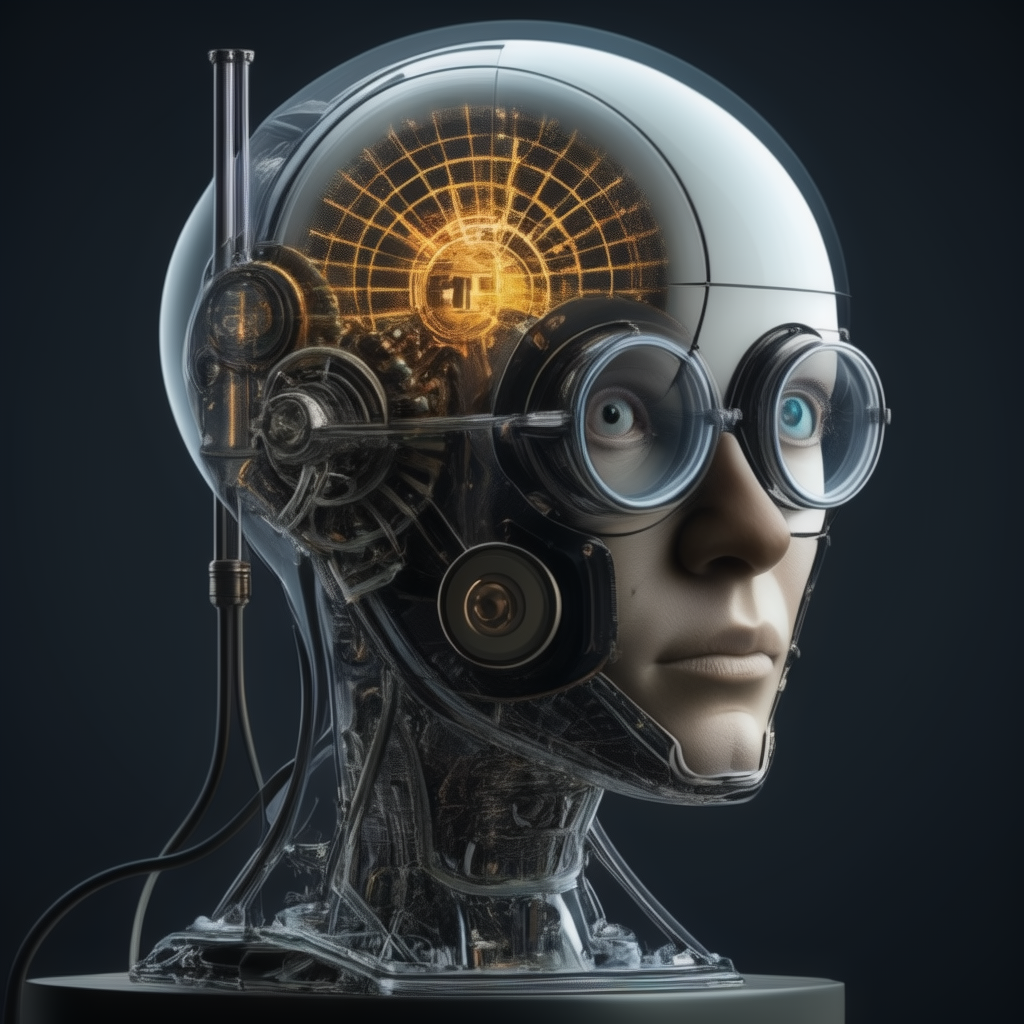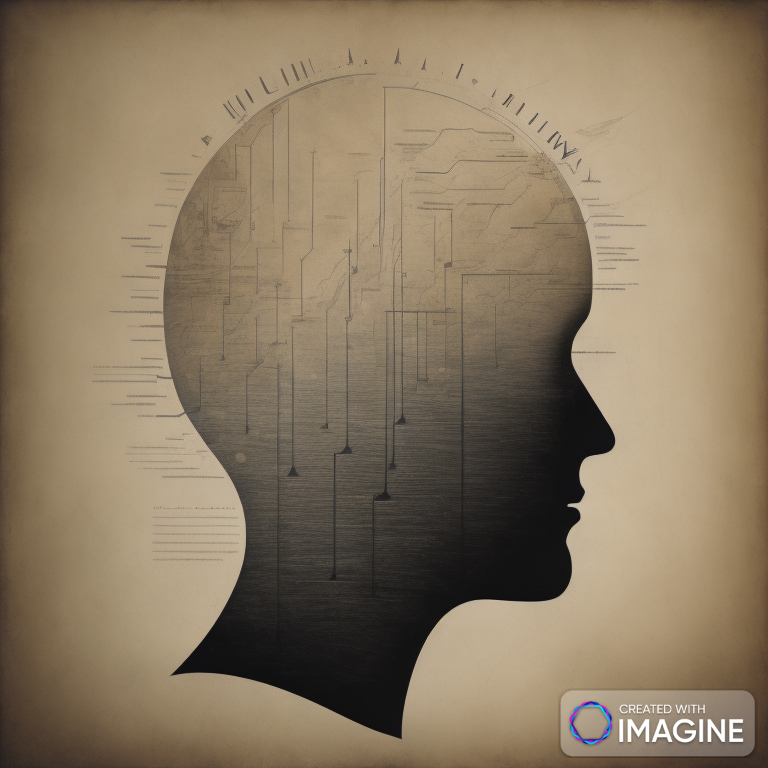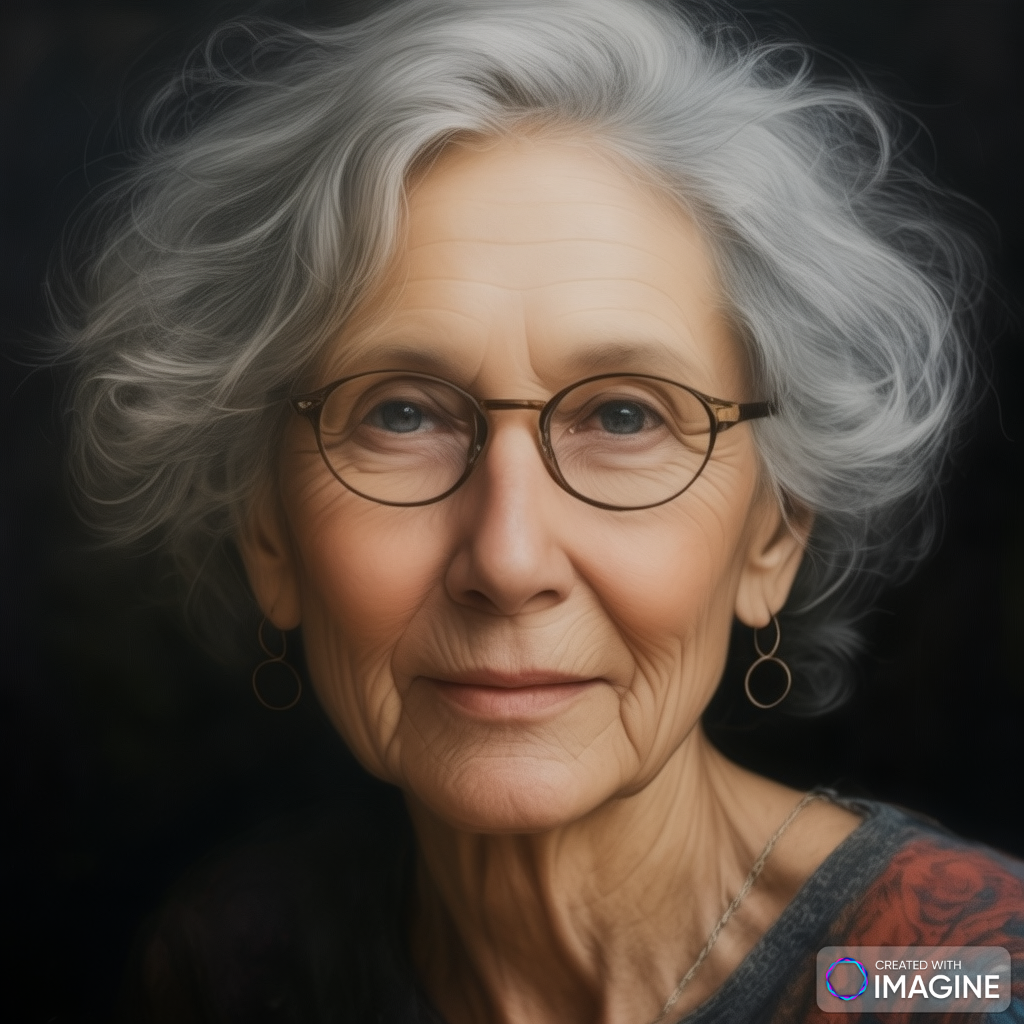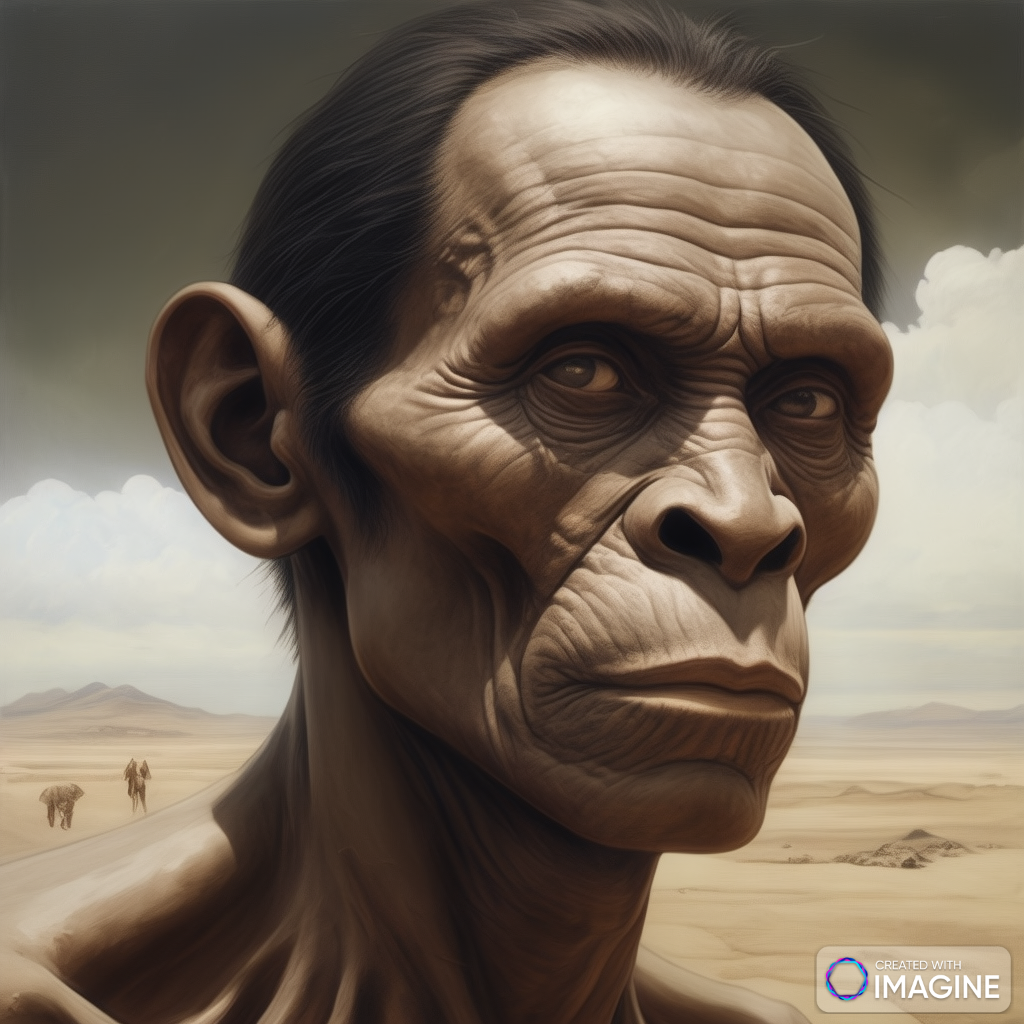Yes, both our body and brain are made up of atoms. Atoms are the fundamental building blocks of matter, and they combine to form molecules, which in turn make up cells, tissues, organs, and ultimately our entire body, including the brain.
Thoughts, Emotions, and Atoms
Thoughts and emotions are not made up of atoms in a direct physical sense like a chair or a cell. Instead, they arise from the interactions and patterns of atoms, specifically within the brain’s neural networks. These interactions involve the movement of ions (charged atoms like sodium, potassium, and calcium) across neuron membranes, creating electrical impulses. These impulses, or action potentials, travel through neurons and across synapses, leading to complex patterns of brain activity.
In essence, thoughts and emotions are emergent properties of these intricate networks of neurons communicating with each other through electrochemical signals. They arise from the way these neurons fire, how they are connected, and how they interact with each other.
Genetics and Its Role
Genetics plays a crucial role in shaping our thoughts and emotions. Our genetic code, which is made up of DNA, influences the structure and function of the brain by dictating how neurons grow, connect, and interact. Genes can influence neurotransmitter levels, receptor sensitivity, and even the efficiency of synaptic transmission, all of which contribute to our mental states.
The genetic code is composed of molecules called nucleotides, which are indeed made up of atoms. These nucleotides form sequences that encode instructions for building proteins, which are the functional molecules in our cells, including brain cells (neurons).
Quarks, Electrons, and the Fundamental Composition of the Body
When we break down atoms further, we find that they are composed of subatomic particles: protons, neutrons, and electrons. Protons and neutrons themselves are made up of even smaller particles called quarks, held together by the strong nuclear force. Electrons, however, are fundamental particles and are not made up of smaller components.
So, at the most fundamental level, our body and brain are indeed made up of quarks and electrons, along with other fundamental particles like neutrinos and photons. However, thoughts and emotions arise not from the behavior of individual quarks and electrons but from the collective behavior of vast numbers of atoms organized into complex structures like neurons and neural circuits.
Thoughts, Emotions, and Consciousness
If we wanted to “see” a thought or emotion, it wouldn’t appear as a tangible object like a cell or a molecule. Instead, it would manifest as a pattern of activity across various regions of the brain. Using techniques like functional MRI (fMRI), scientists can visualize these patterns of brain activity, which correspond to different thoughts and emotions. However, the exact physical form of a thought is more abstract—it’s about patterns, timing, and the strength of neural connections rather than a physical structure like a chair.
Consciousness and Its Role
Consciousness is the most mysterious aspect of the mind. It refers to our awareness of ourselves and our surroundings, our ability to experience thoughts and emotions. Science has not yet fully explained consciousness. It may emerge from the complexity of brain activity, but it could also involve phenomena that are not yet fully understood, possibly beyond the realm of current physics.
Some theories suggest that consciousness arises from certain types of neural networks or quantum processes within the brain. However, there is no consensus on this. Consciousness might involve more than just the interaction of quarks and electrons; it could be an emergent property of the brain’s complexity, or it might require entirely new principles of physics that we have yet to discover.
What Does Science Say?
Science continues to investigate these questions, and while we’ve made significant progress in understanding the brain and its functions, the nature of consciousness remains elusive. Most scientists agree that thoughts and emotions are the result of physical processes in the brain, but how these processes translate into subjective experience is still one of the biggest unanswered questions in neuroscience and philosophy.
In summary, while our bodies and brains are made up of atoms, and our thoughts and emotions arise from the complex interactions of these atoms within the brain, consciousness adds another layer of complexity that science is still working to fully understand. Whether consciousness is purely a product of physical processes or something more remains one of the most profound questions in science today.







